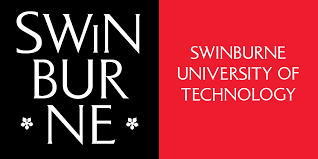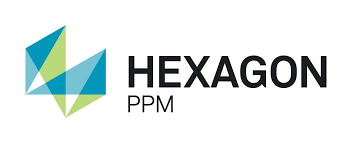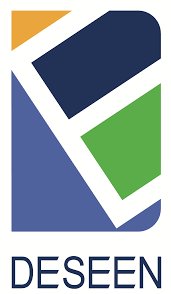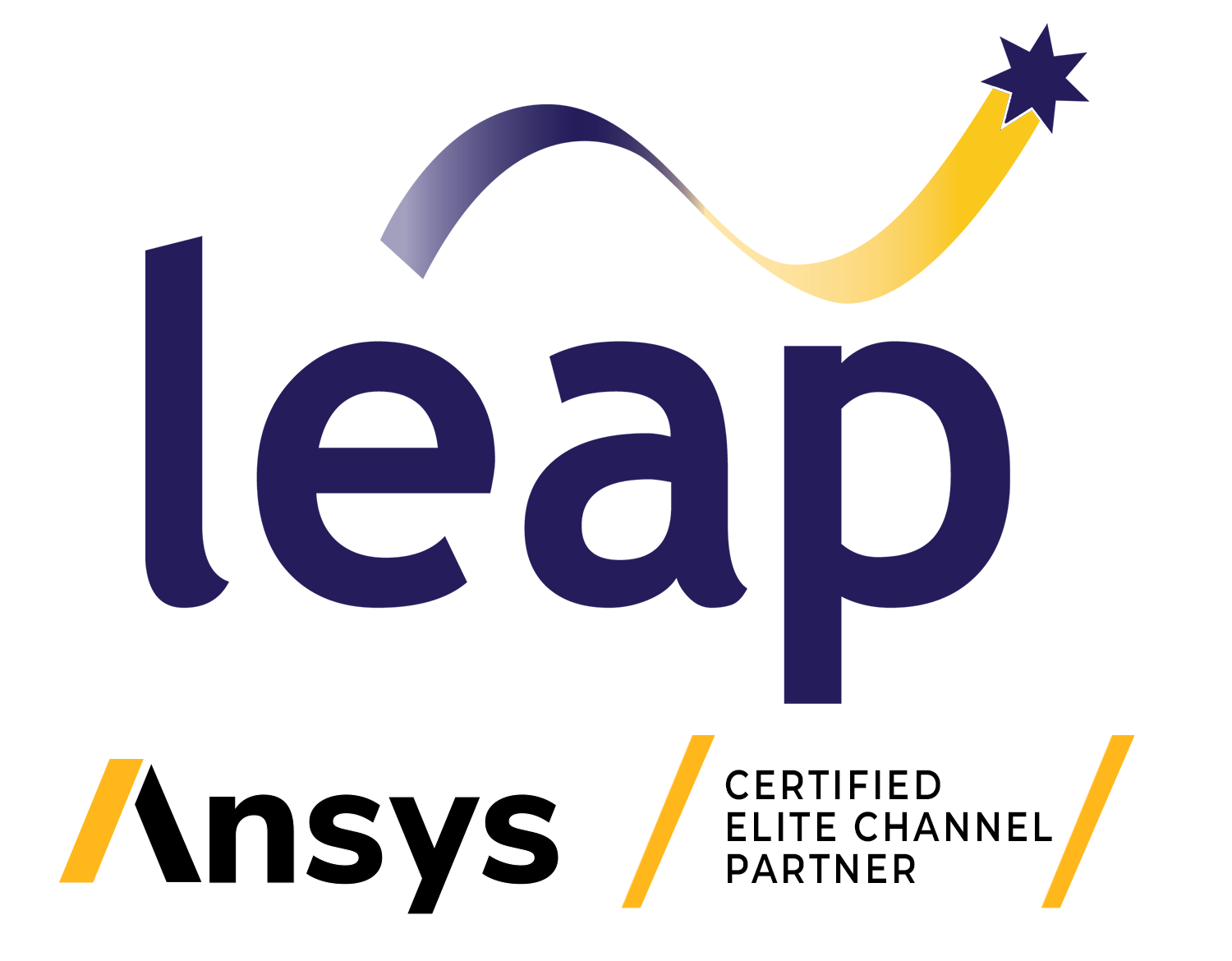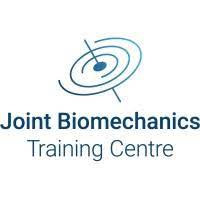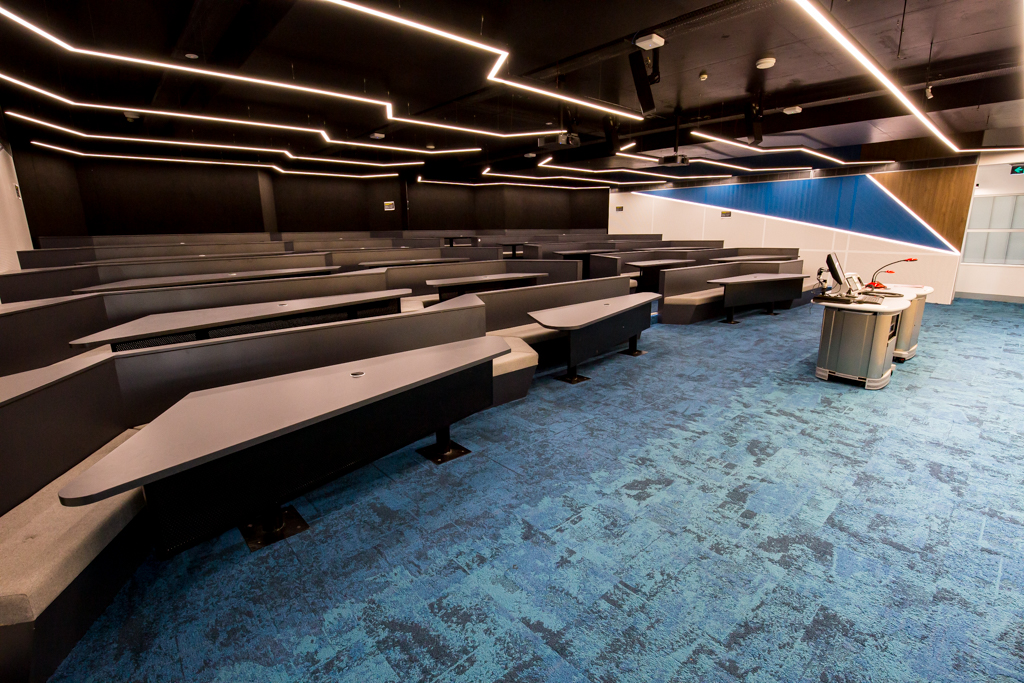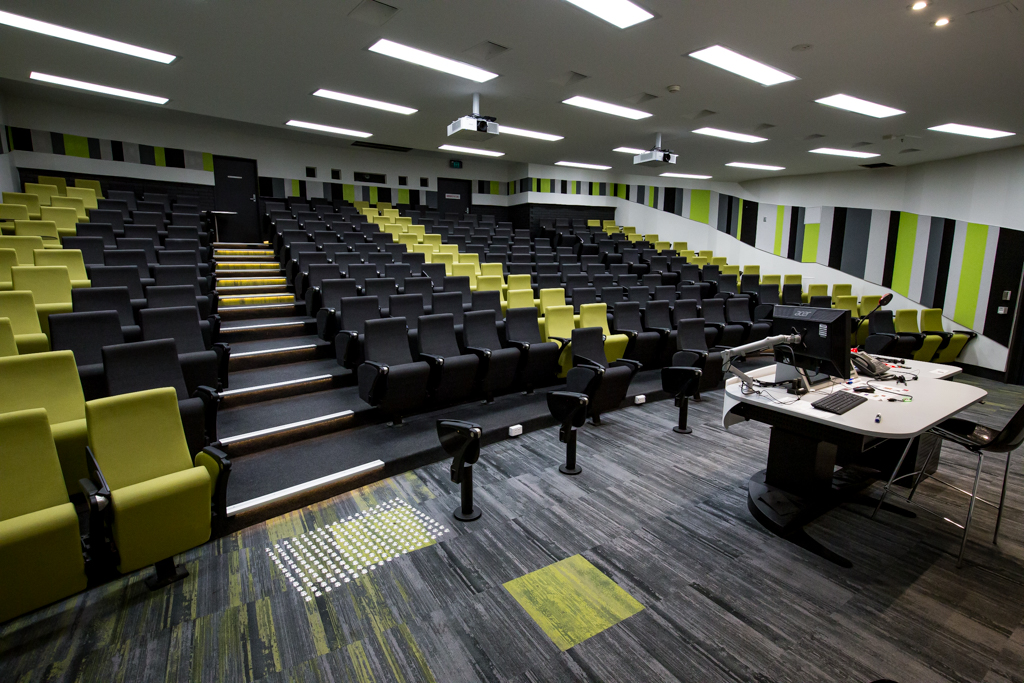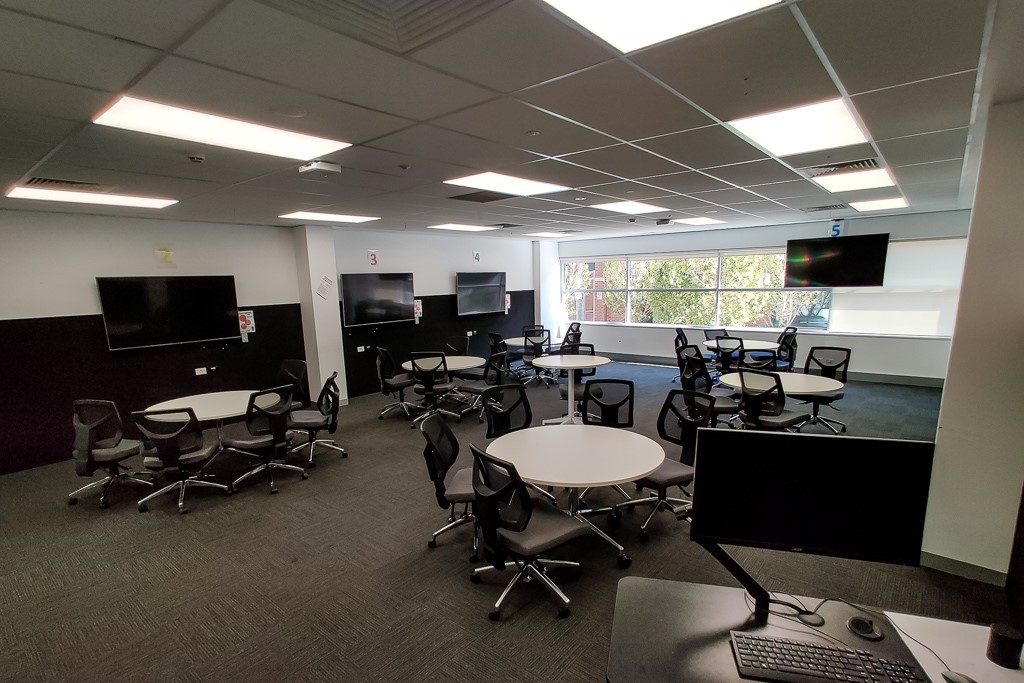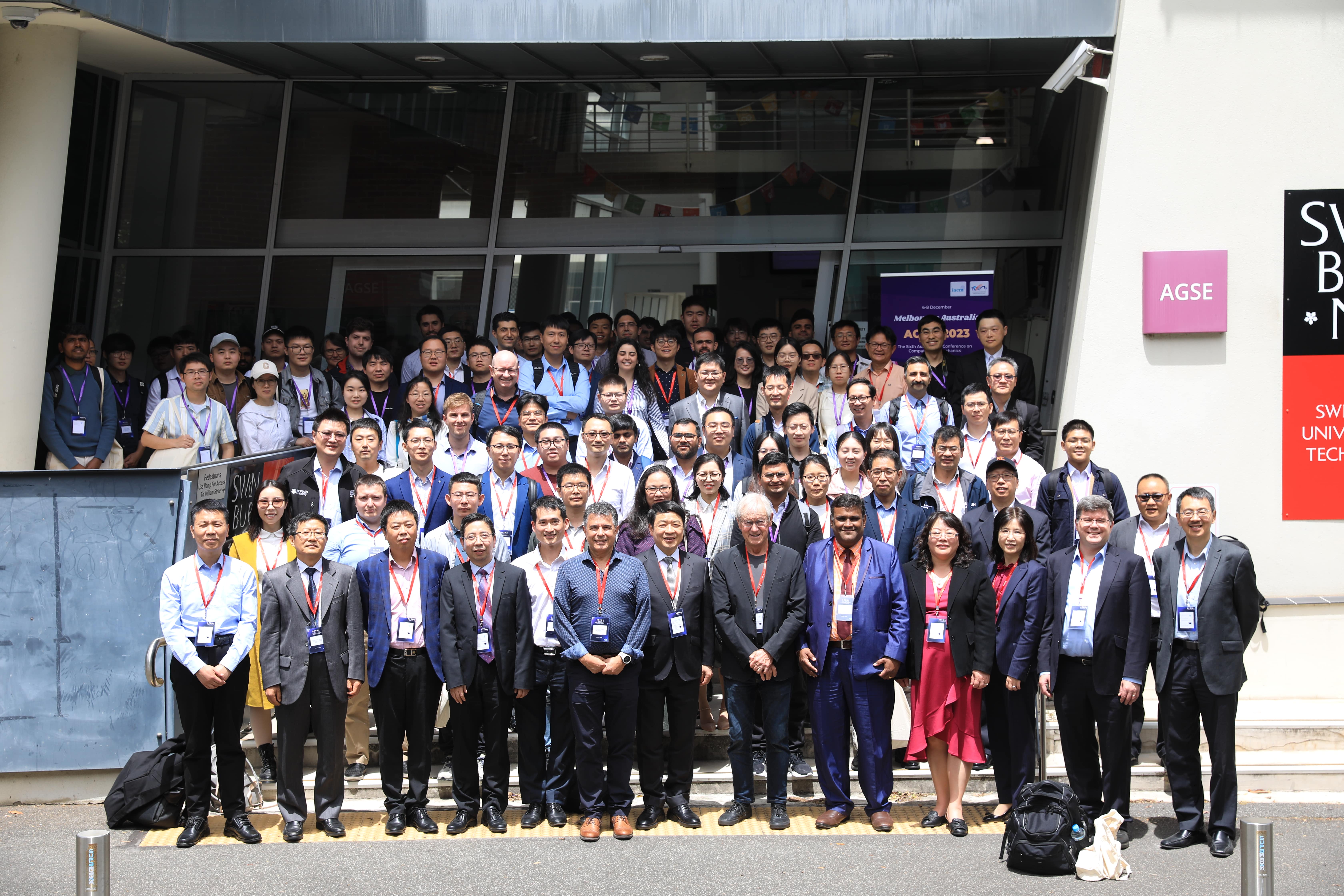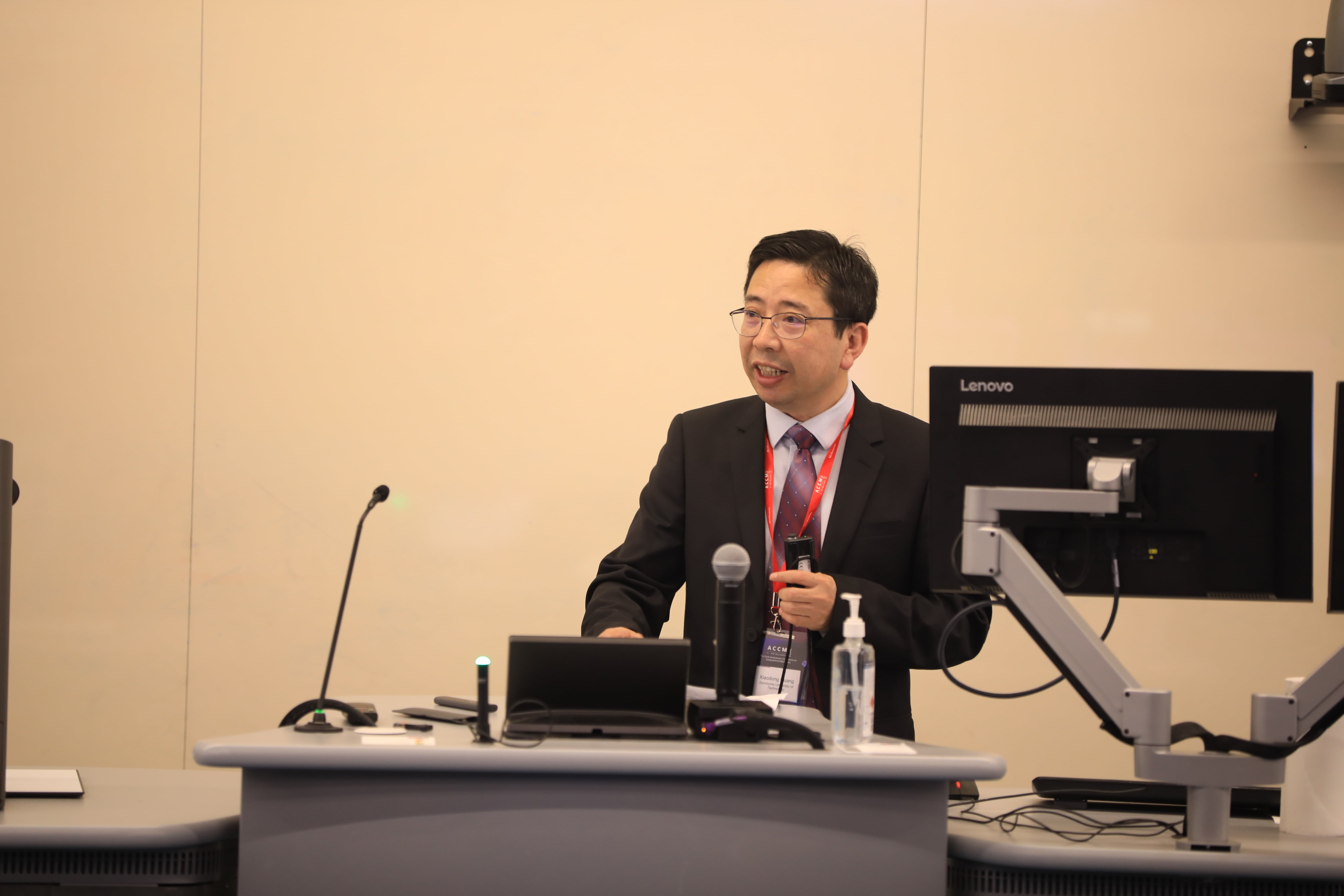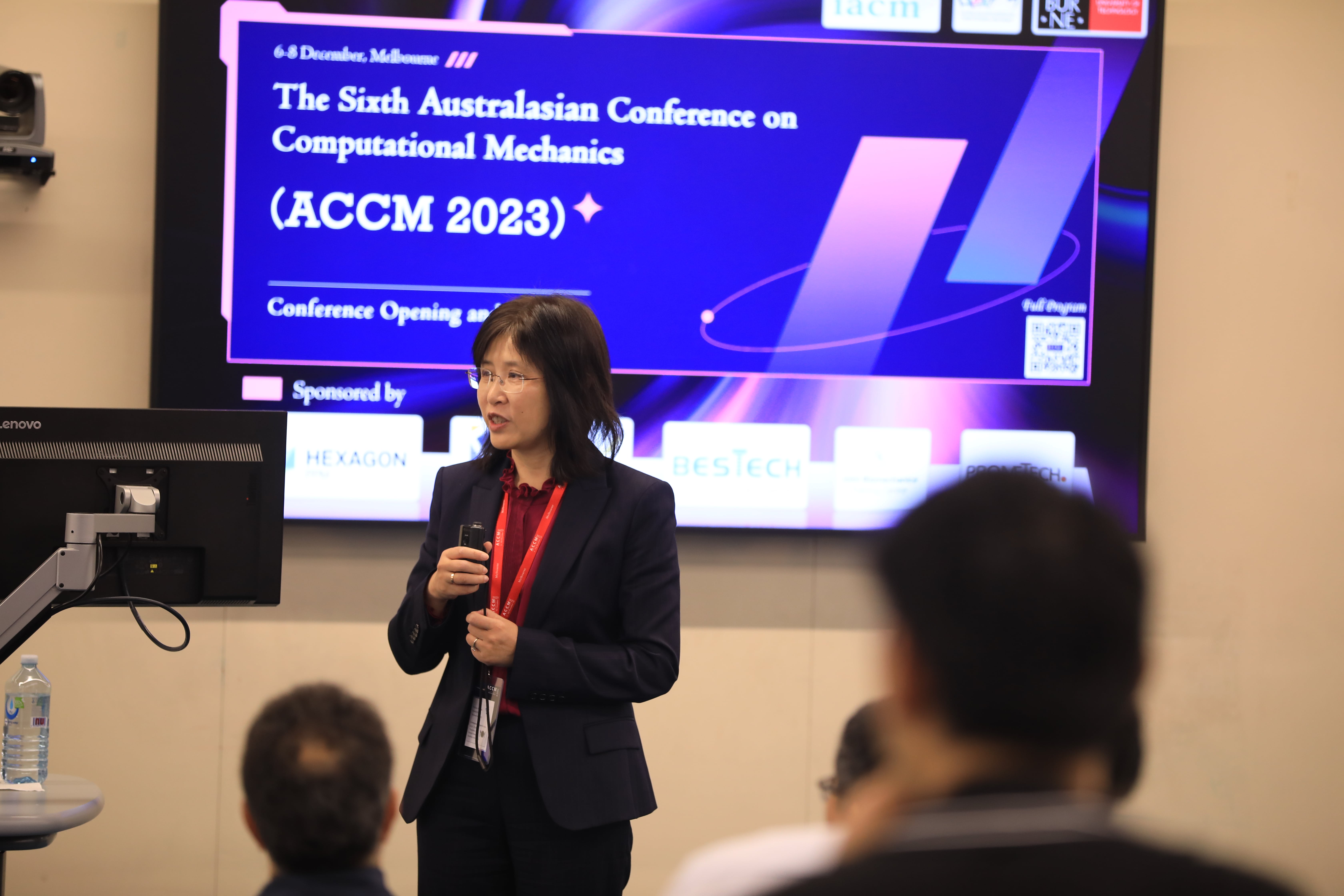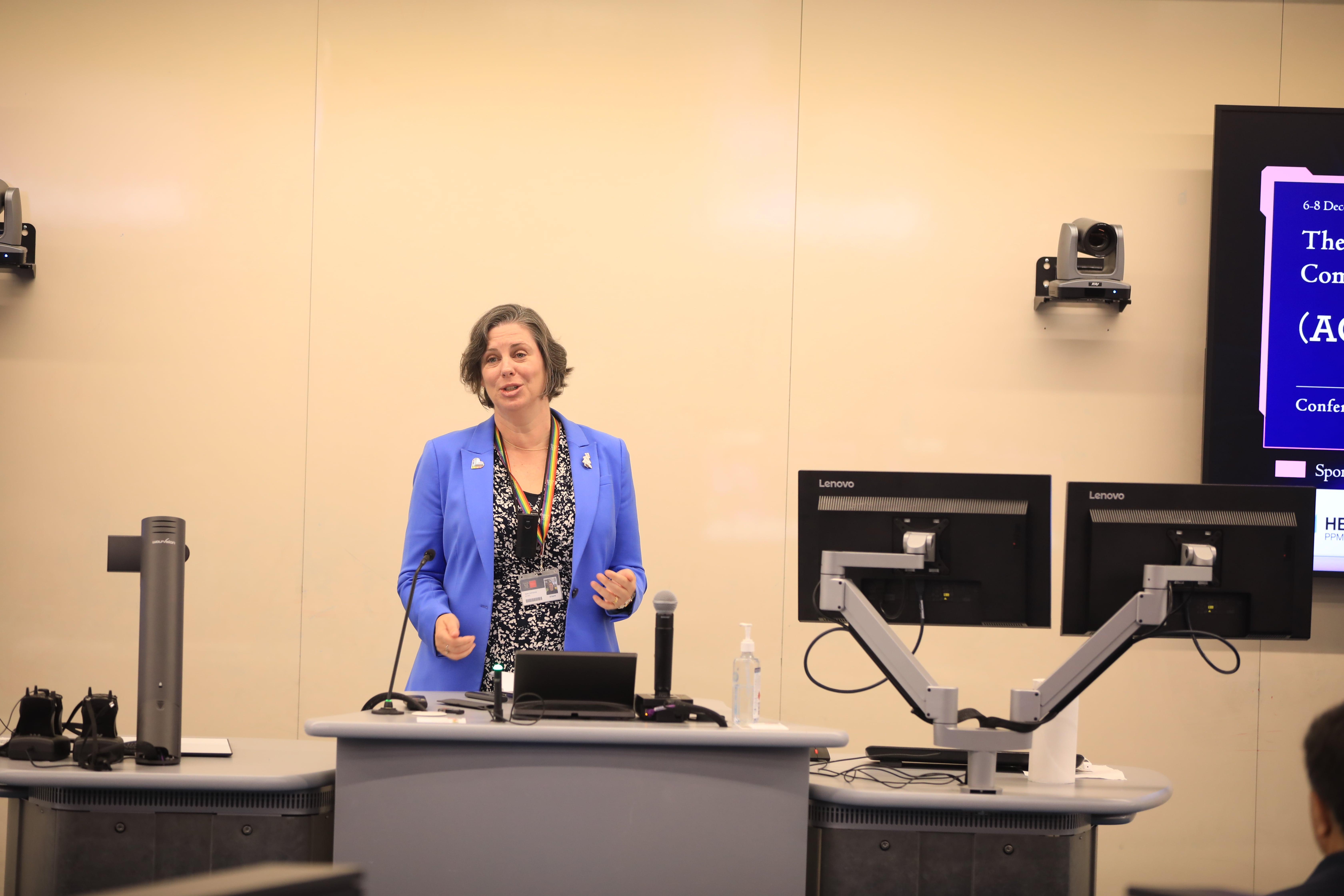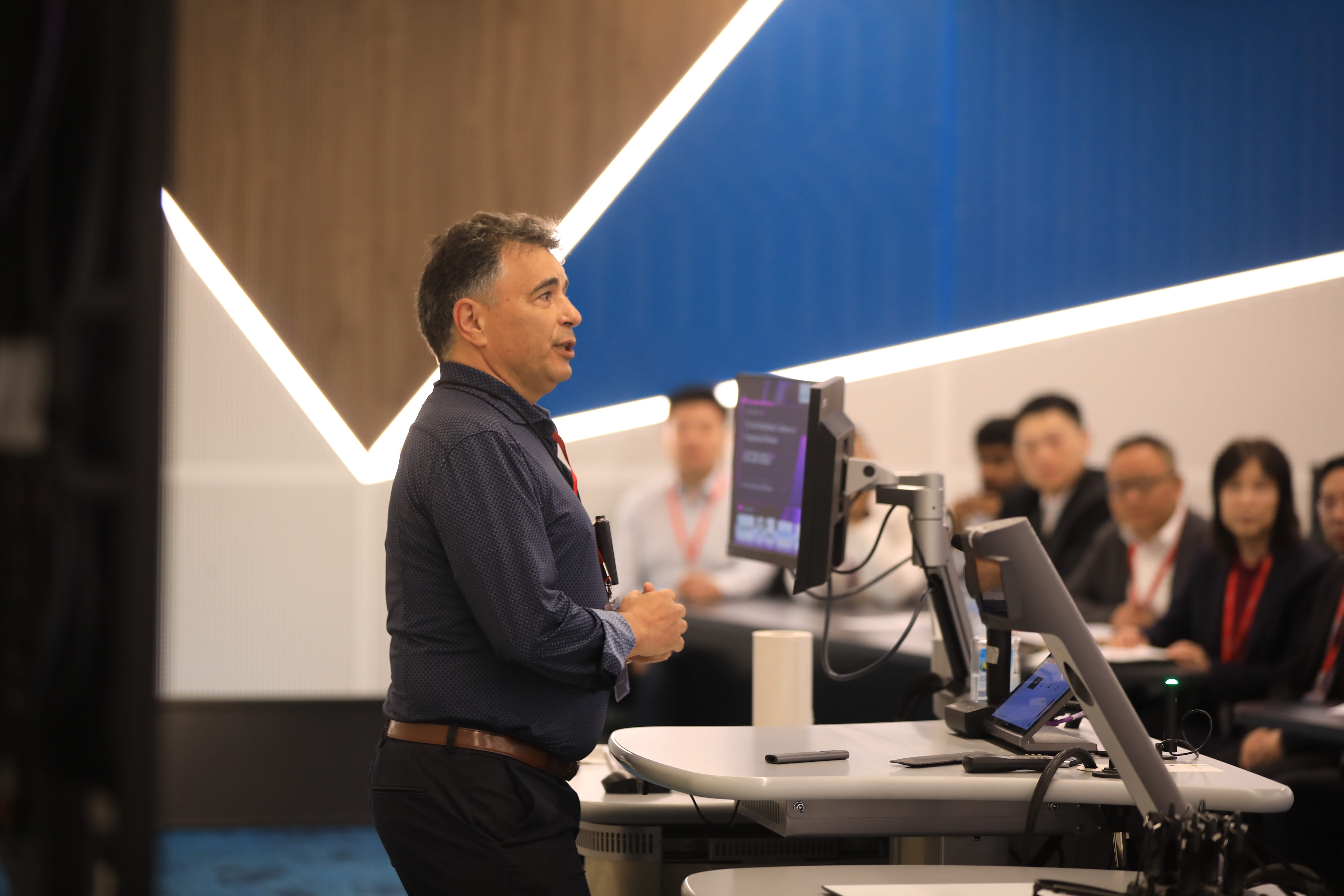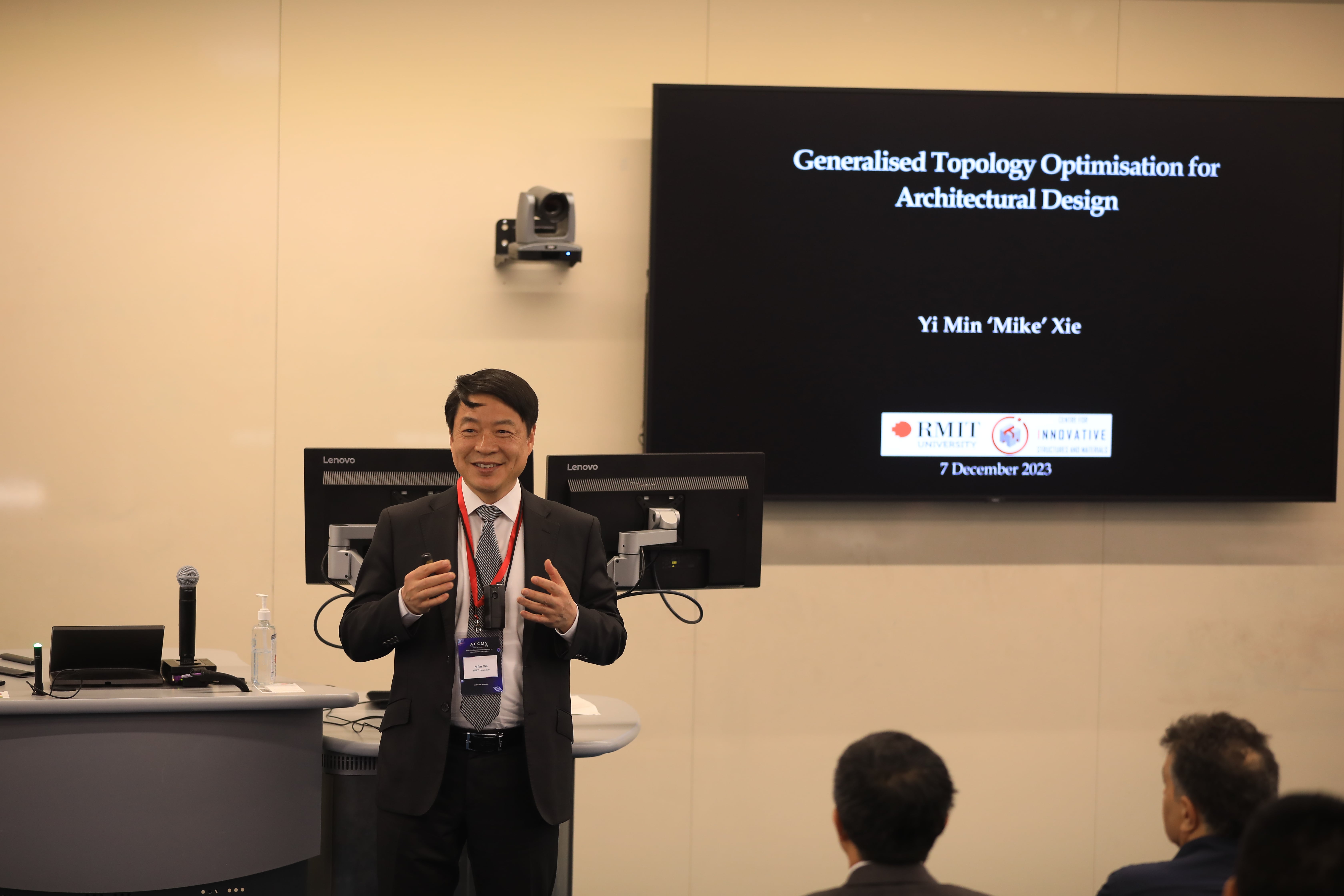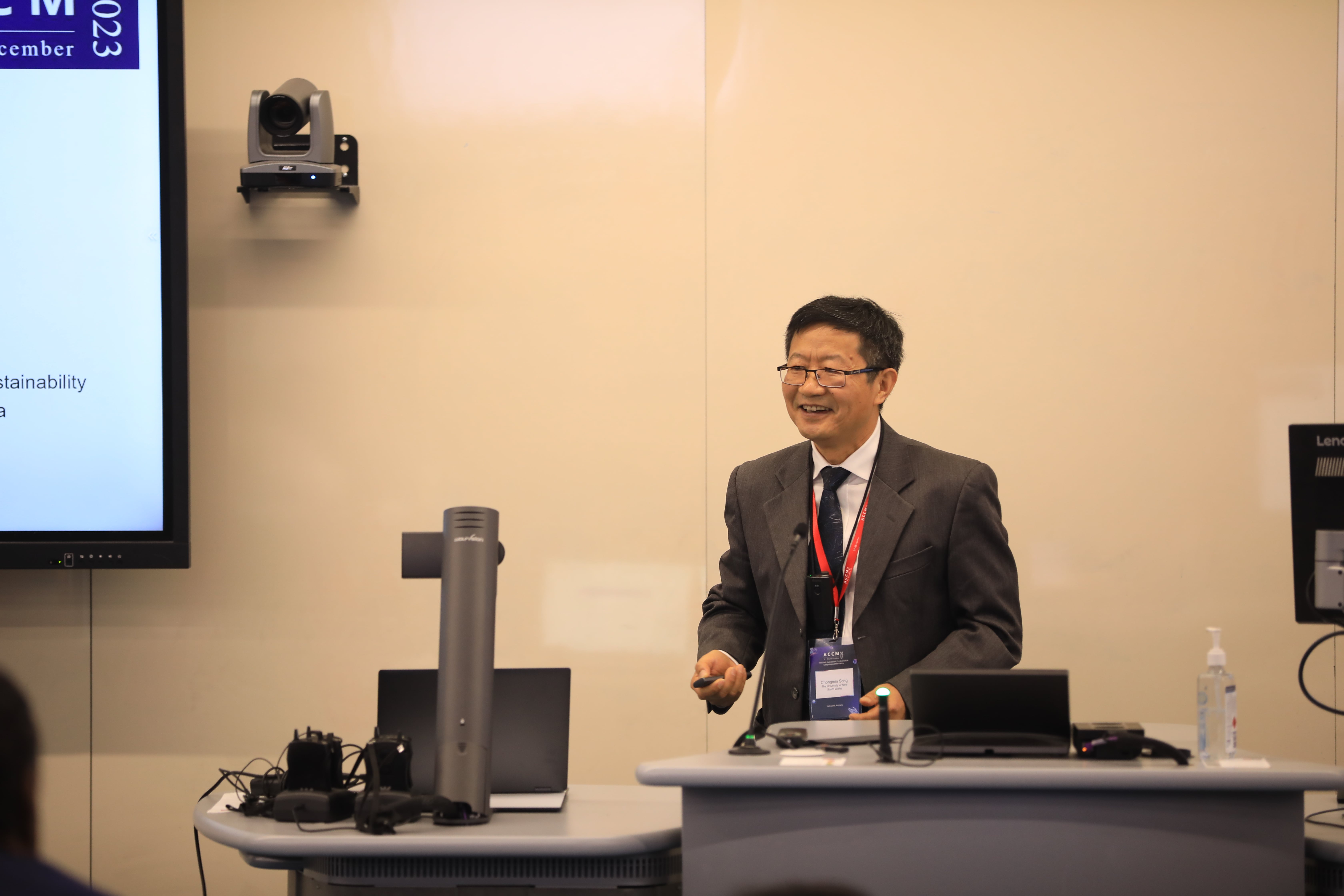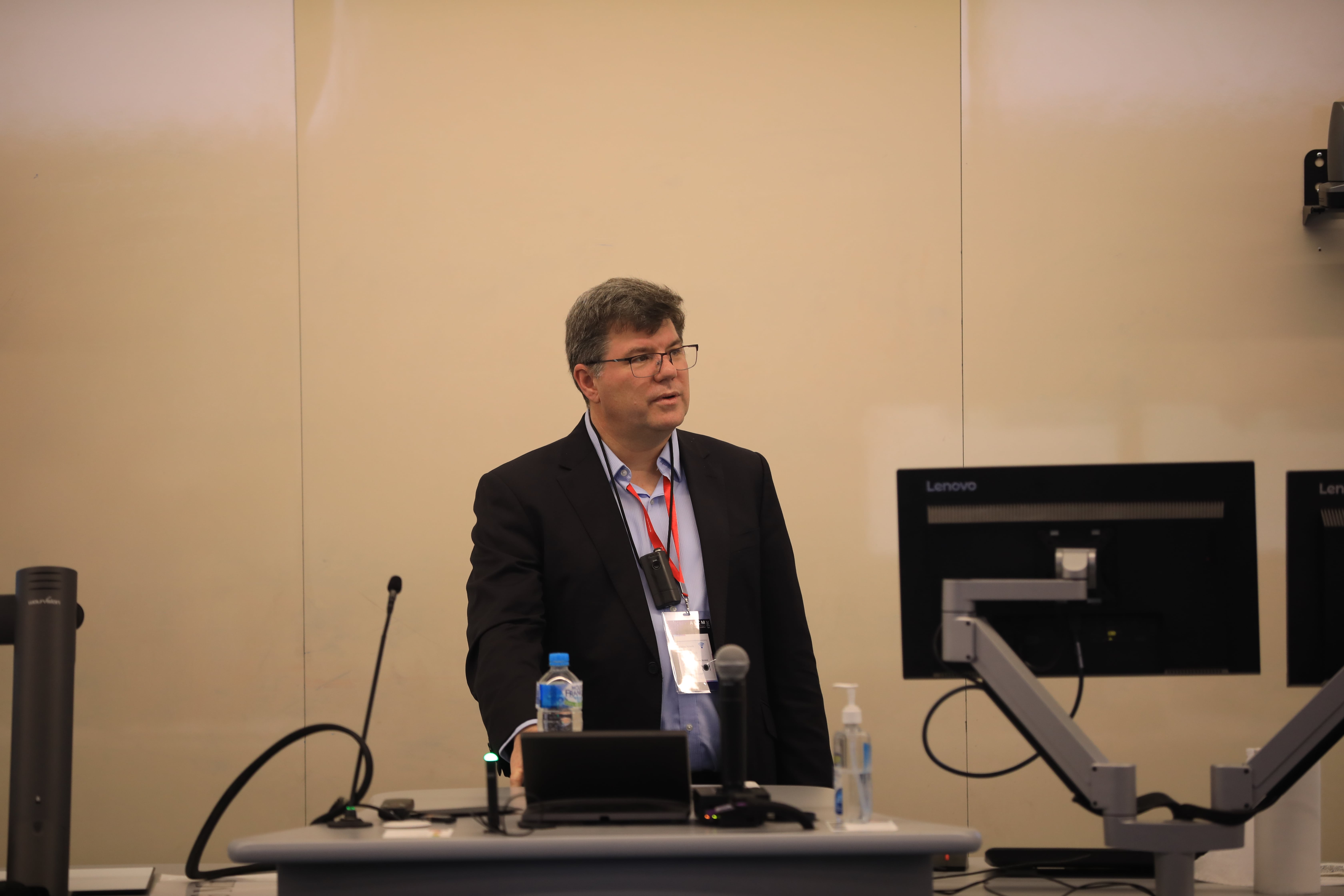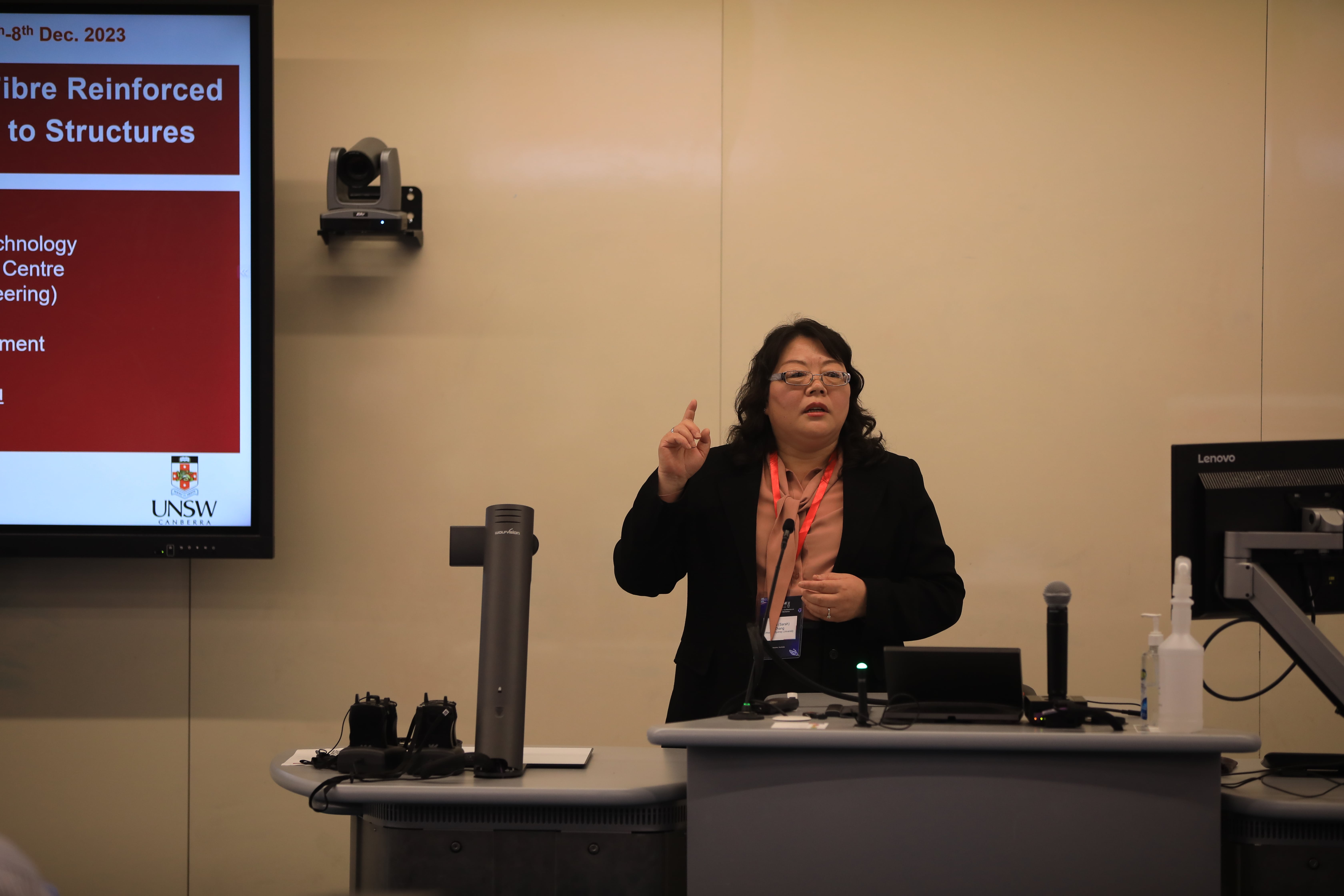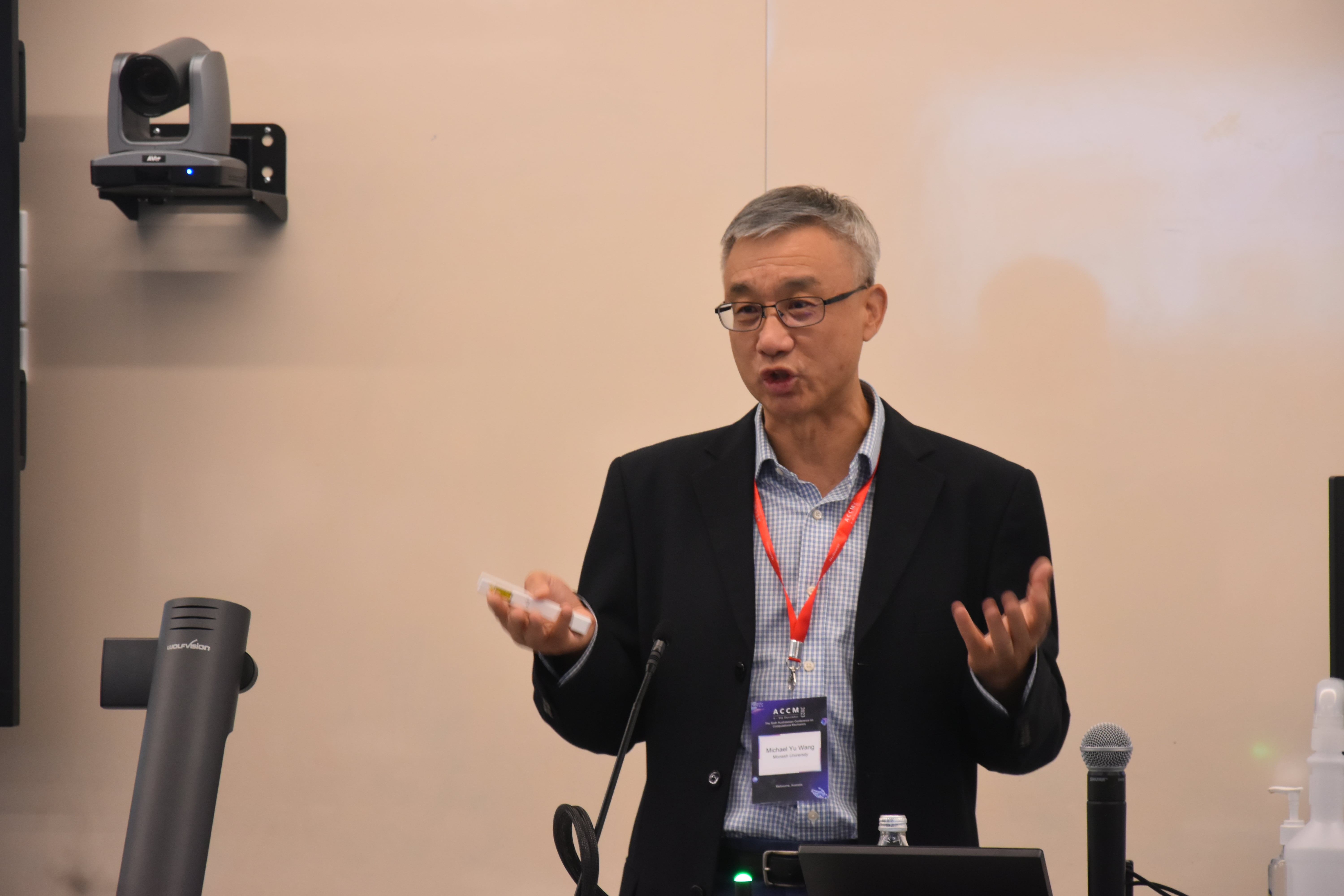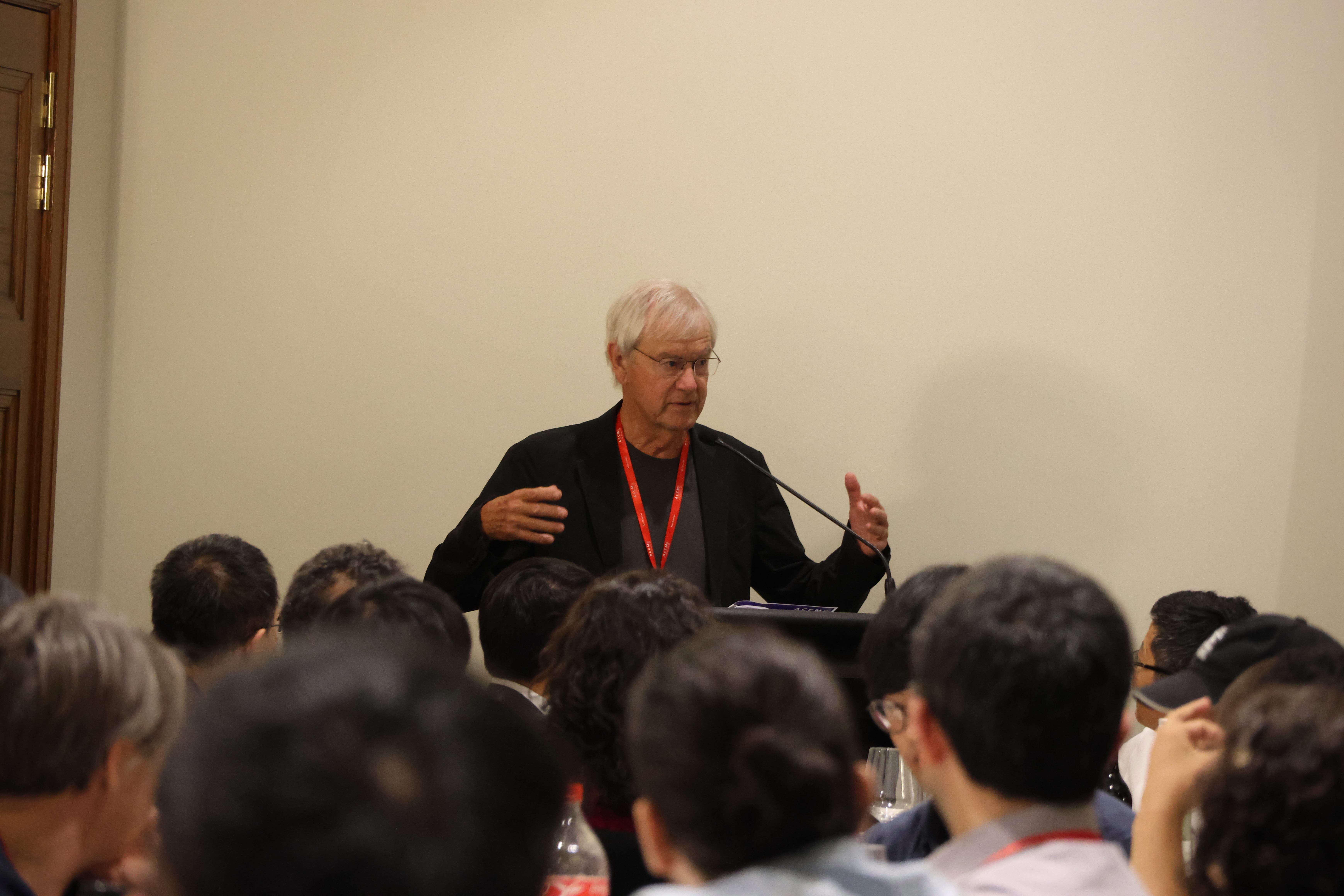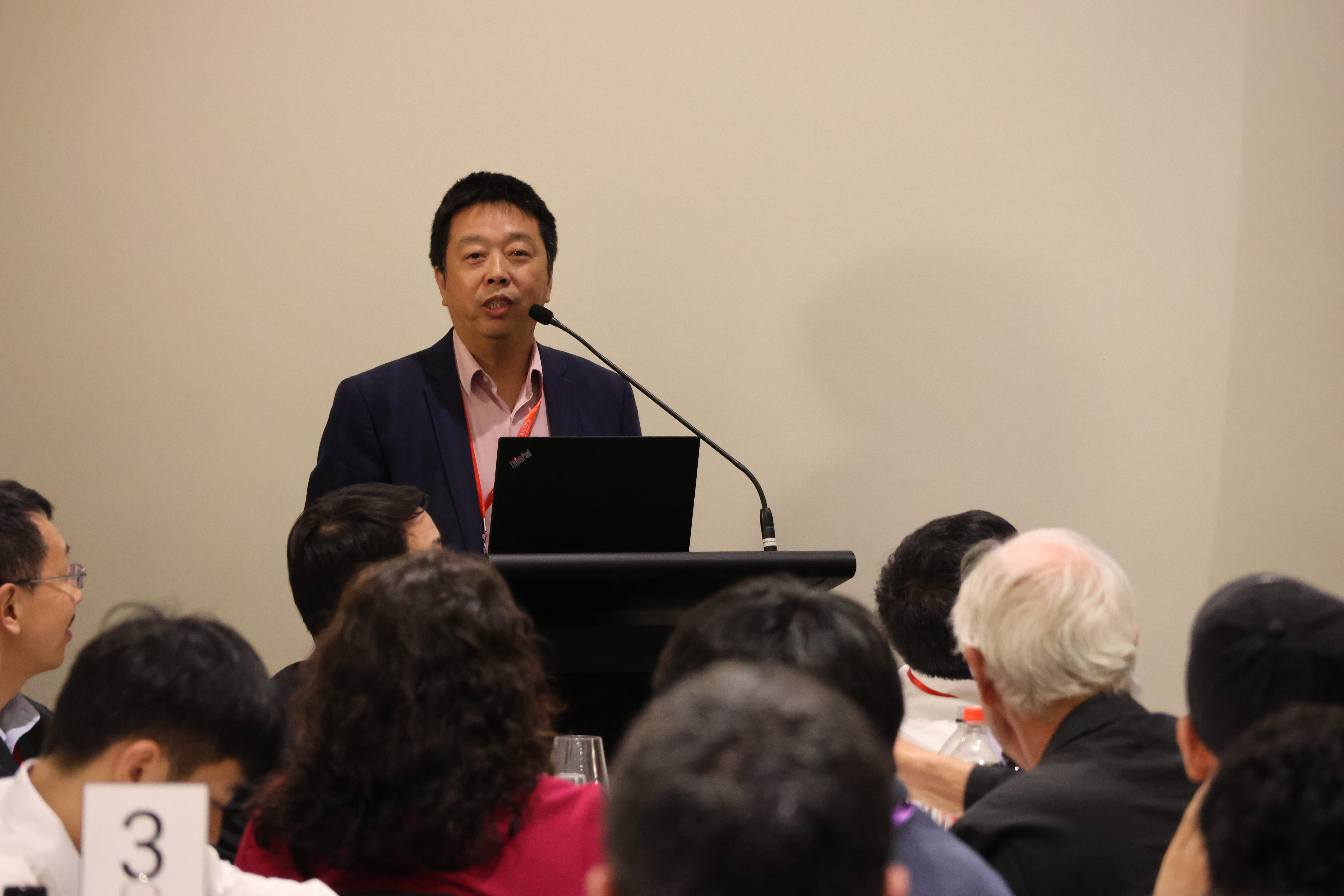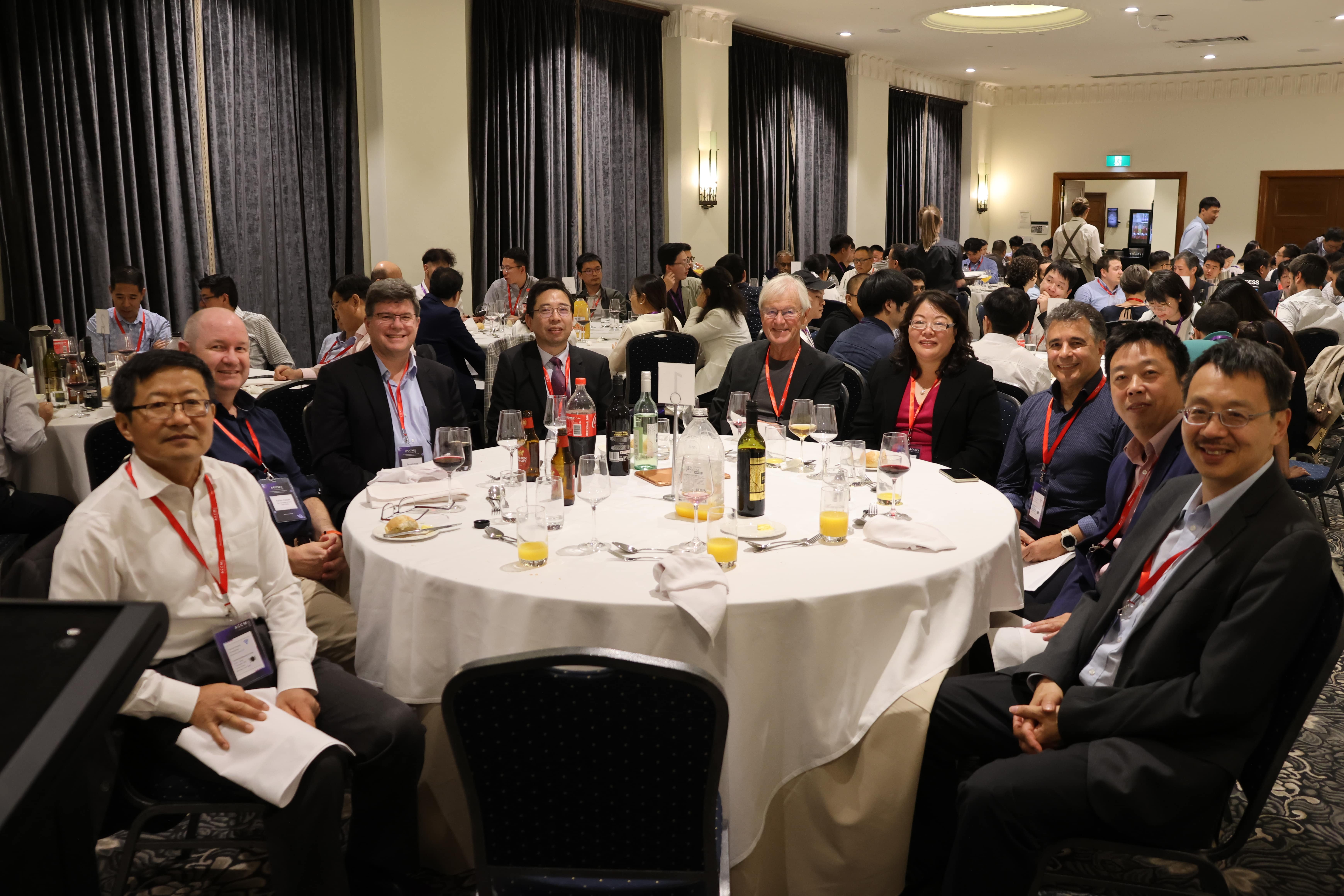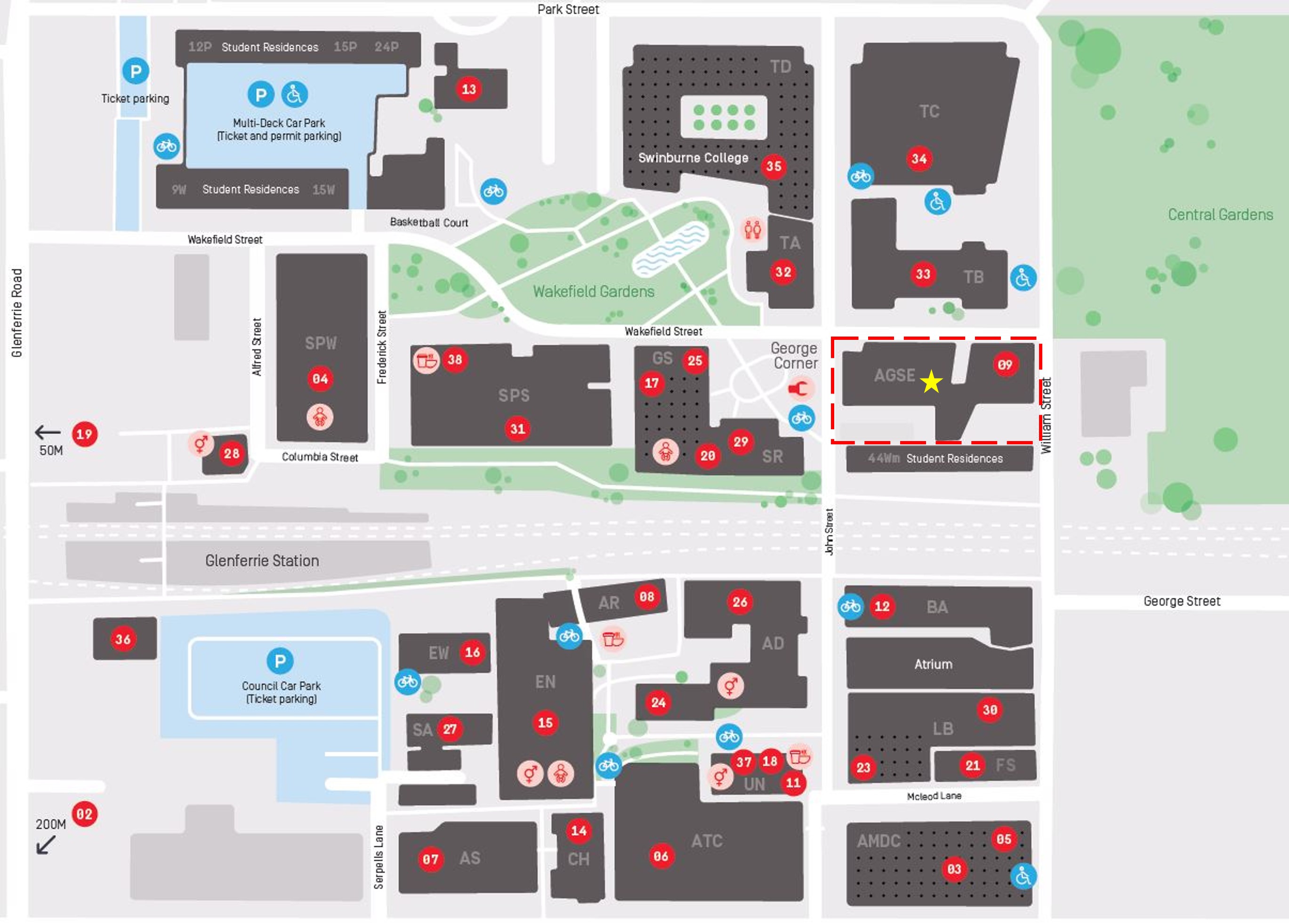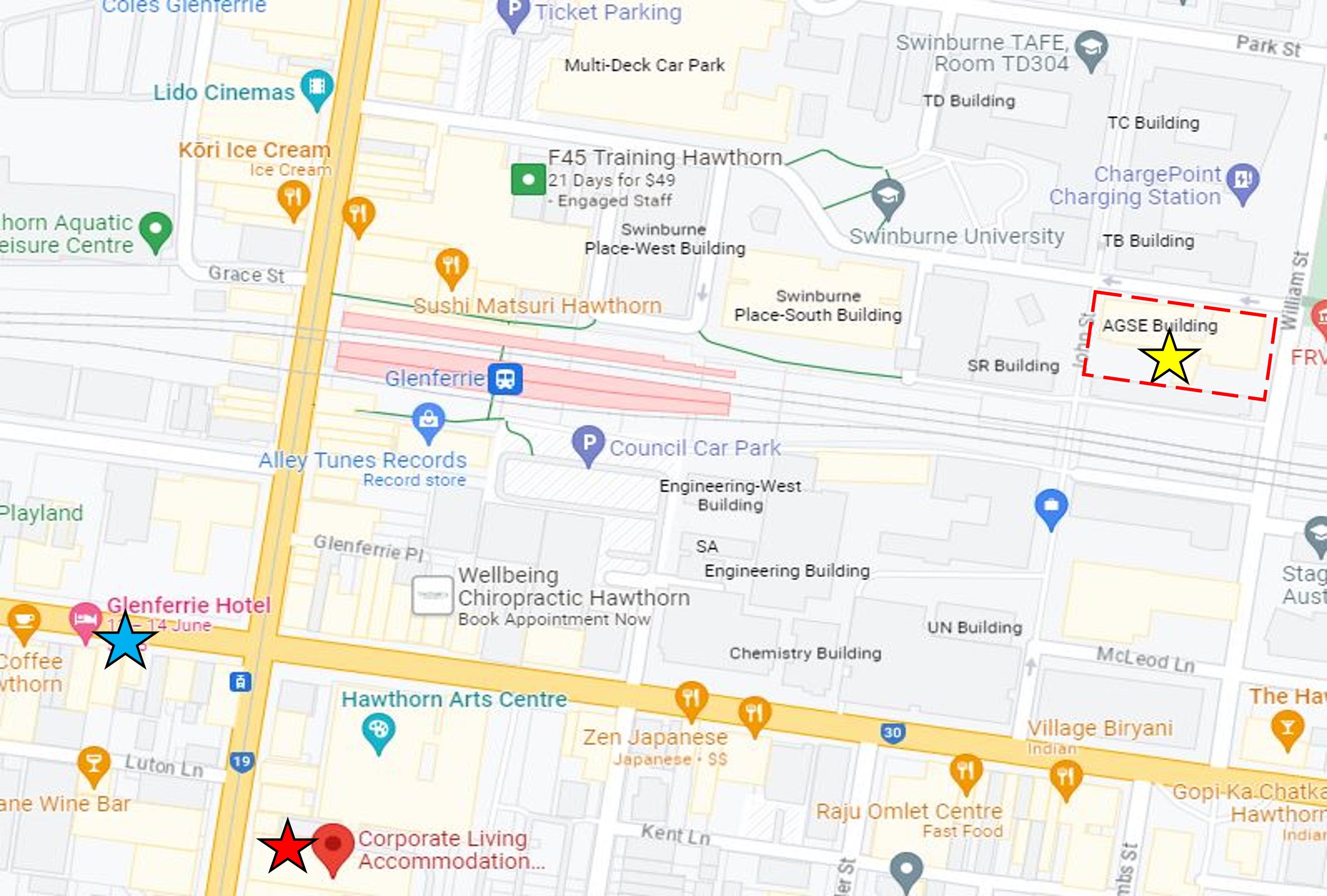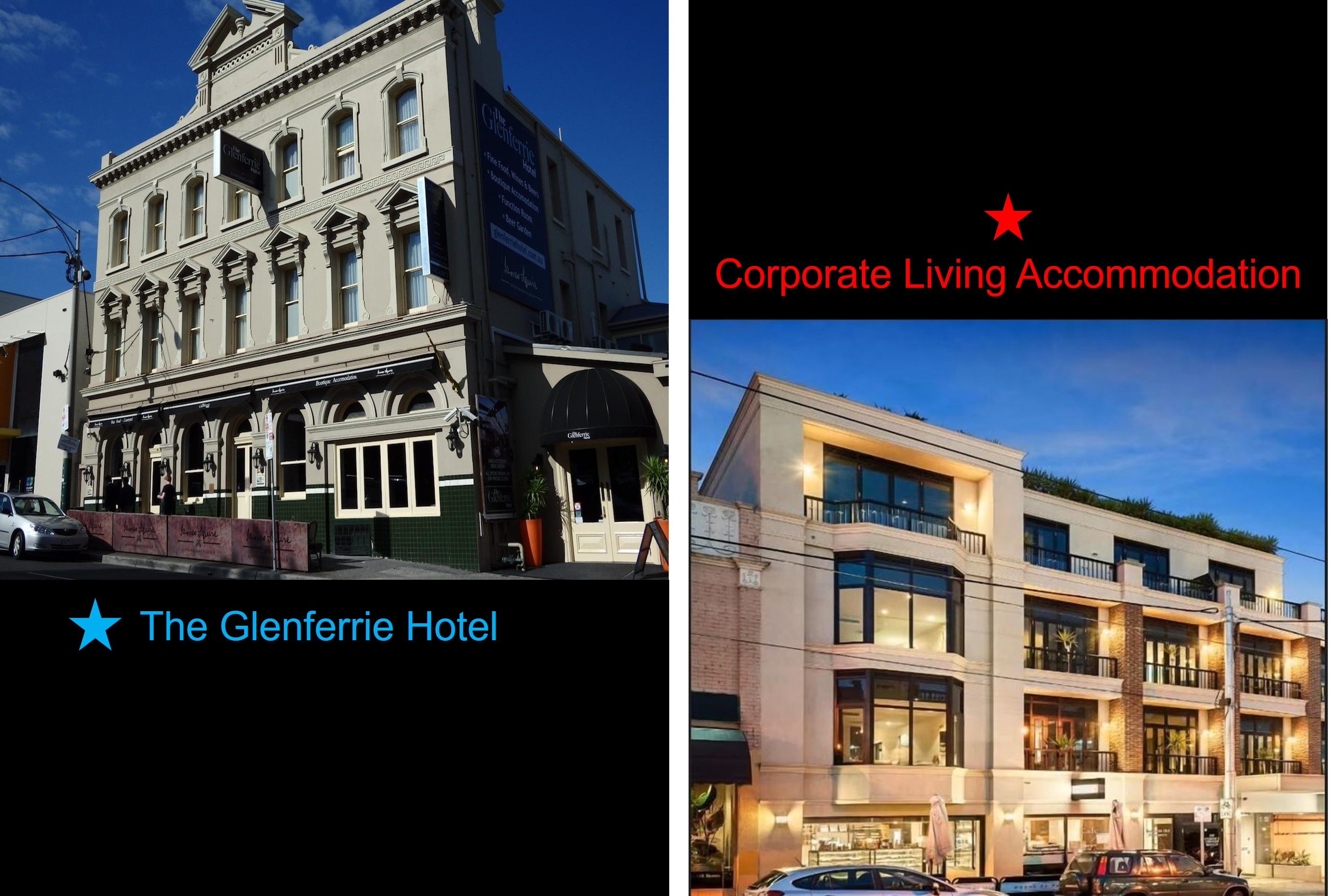-
Plenary Speaker
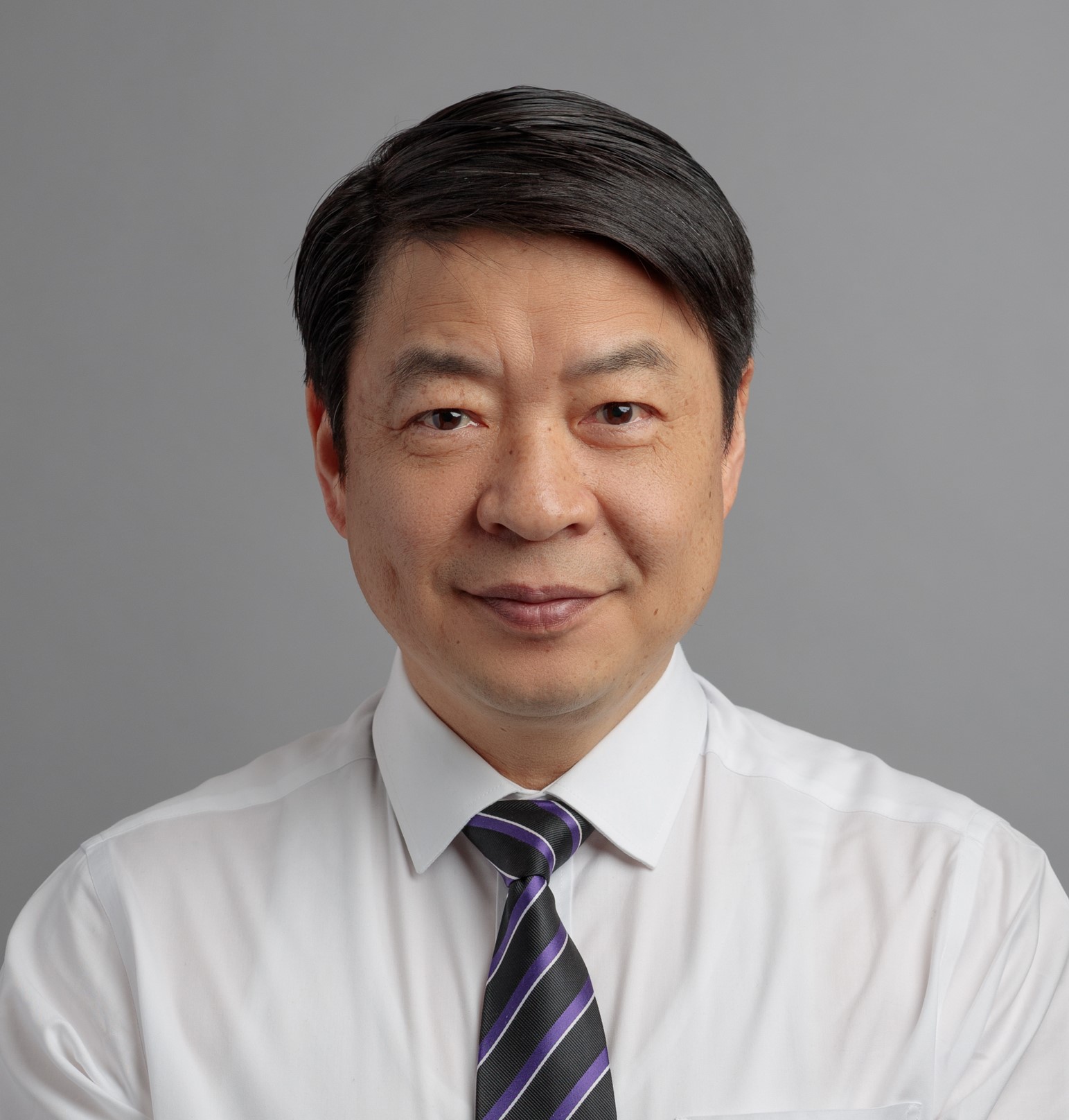
Professor Yimin (Mike) Xie
RMIT University
Title: Recent research at RMIT Centre for Innovative Structures and Materials
Bio: Yi Min ‘Mike’ Xie is an Australian Laureate Fellow and a Distinguished Professor of RMIT University where he directs the Centre for Innovative Structures and Materials. He received his bachelor’s degree in engineering mechanics from Shanghai Jiao Tong University in 1984 and earned his PhD in computational mechanics from Swansea University in the United Kingdom in 1991. He played a key role in developing the widely used evolutionary structural optimisation (ESO) method and the bi-directional evolutionary structural optimisation (BESO) method. Professor Xie was elected a Fellow of the Australian Academy of Technology and Engineering in 2011. His research impact in the field of structural optimisation was recognised by the 2017 Clunies Ross Innovation Award and the 2017 AGM Michell Medal. In 2020, he was awarded the Victoria Prize for Science and Innovation. In 2022, he was named the Sir John Holland Civil Engineer of the Year. Professor Xie has published two research monographs and 500 SCI journal articles, which have attracted over 28,000 citations in Google Scholar. His team received the 2020 Digital FUTURES World Coding Award for developing the highly influential topology optimisation software, Ameba.
Abstract: This talk will present a series of recent projects in the Centre for Innovative Structures and Materials at RMIT University. Much of the research is underpinned by computational mechanics. One particular interest of the research team is to design efficient and elegant structures for architectural applications. This has led to the recent development of a generalised topology optimisation framework by Professor Xie’s team for generating multiple solutions that are structurally efficient but geometrically different. The presentation will also show various practical applications of the computational techniques.
-
Plenary Speaker
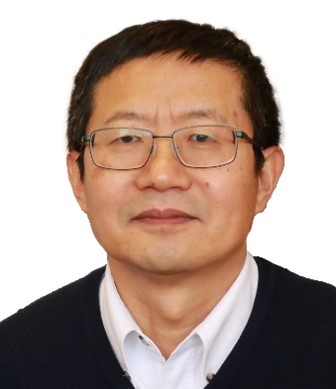
Professor Chongmin Song
University of New South Wales
Title: Towards Fully Automated Computational Engineering Analysis in the Digital Age
Bio: Chongmin Song is a Professor of Civil Engineering and Director of the Centre for Infrastructure Safety and Engineering, University of New South Wales, Sydney, Australia. He obtained the degree of Bachelor of Engineering from Tsinghua University, China and the degree of Doctor of Engineering from the University of Tokyo, Japan. He is one of the two original creators of the scaled boundary finite element method. His current research interests are on the development of advanced numerical methods and their engineering applications.
Abstract: The growing availability of affordable computational power has paved the way for the widespread adoption of digital technologies, for example X-ray computed tomography, terrestrial laser scanning, close-range photogrammetry, and 3D printing. However, the unconventional geometric models produced by these technologies pose challenges to the existing computer simulation techniques based on the popular finite element method.
This talk presents our recent research towards developing a computational framework that fully automates the engineering analysis process directly from commonly used formats of digital geometric models. Our approach is underpinned by the scaled boundary finite element method, which enables us to incorporate an octree algorithm for automatic mesh generation across various formats such as digital images, STL models, point clouds and traditional CAD models. Furthermore, the solution procedure is purposely designed for the scaled boundary finite element method to leverage modern computer hardware architectures for high-performance computing. Numerical examples and demonstrations are shown to illustrate some of the salient features and potentials of the proposed framework for the analysis of complex models.
-
Plenary Speaker
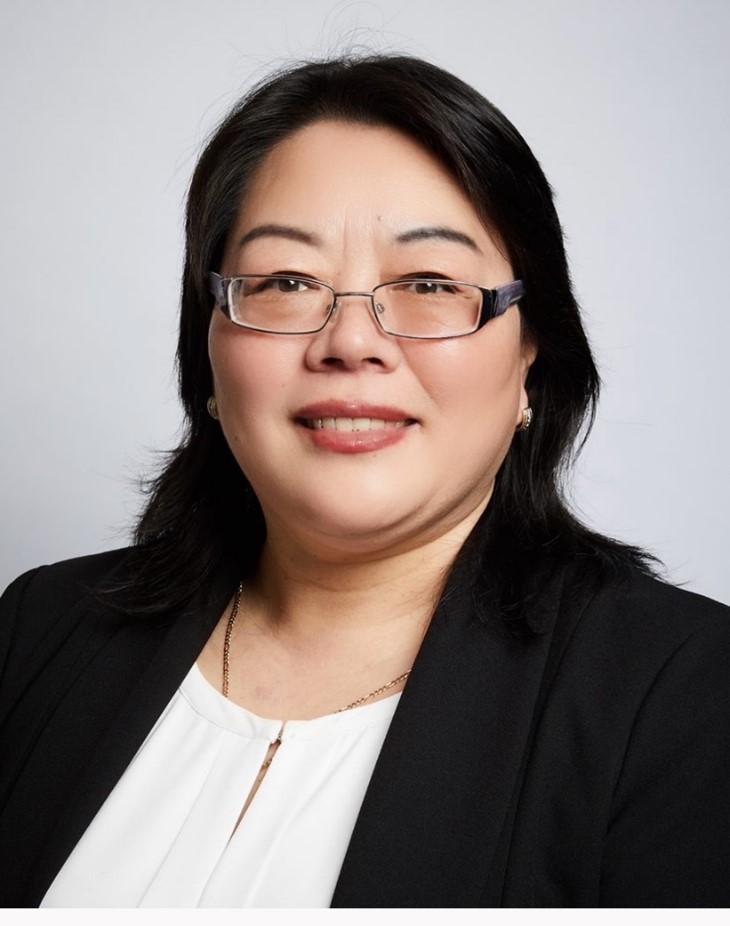
Professor Yixia (Sarah) Zhang
Western Sydney University
Title: Numerical Modelling of High Performance Fibre Reinforced Cementitious Composites: from Materials to Structures
Bio: Prof. Yixia (Sarah) Zhang is the Deputy Chair of University Academic Senate, Deputy Director of University Urban Transformations Research Centre, and Discipline Lead of Civil and Environmental Engineering at Western Sydney University. Before moving to WSU in 2019, she worked in the University of New South Wales for 15 years staying 12 years in UNSW Canberra. She received her PhD on Structural Engineering with a focus on Computational Mechanics from the University of Hong Kong in 2001.
Prof. Zhang is currently the College of Expert member of Australian Research Council (ARC) and Executive Committee member of the Australian Association for Computational Mechanics. Her research focuses on Computational Mechanics, Composite Materials and Structures and advanced manufacturing technology in Civil Engineering and Mechanical and Aeronautical Engineering. In Civil Engineering, she works on green and high-performance cementitious composites and structures. In mechanical/aeronautical engineering, she focus on composite materials and structures aiming to enhance the structural integrity, performance and safety. In addition to using the experimental techniques, she also simulate the mechanical behaviour of materials and structural behaviour including under extreme loadings such as impact/blast/fatigue/fire loadings.She has published over 365 peer-reviewed scholarly research papers. She was awarded research grant of over $15 million from various funding schemes including ARC, Defence, industries and government. She was the recipient of the 2022 inaugural Department of Defence, “Brilliant People, and Collaborative Culture Leadership Award”. She was awarded the 2021 WSU Researcher of the Year through Partnership, 2022 WSU Researcher of the Year-Highly Commended, and the School Researcher of the Year in 2021 and 2022.
Abstract: High performance fibre reinforced cementitious composites (HPFRCC) exhibit superior mechanical properties such as high strength, excellent strain-hardening behaviour, improved crack-resistance and energy absorption capability. The employment of short fibre is the main contributor to the high performance in mechanical properties, which can be tailored to suit for the purpose of the structural application via effective mix design. The use of HPFRCC, including in strategic important infrastructures, could enhance the structural integrity, durability and infrastructure resilience especially when subjected to extreme loadings such as impact and blast. This presentation will introduce the numerical modelling framework developed in Prof. Zhang’s team for multiscale numerical modelling of the mechanical properties of HPFRCC and for simulation of the structural performance of HPFRCC panels under blast loading. Experimental studies will also be introduced briefly which have been used to validate the numerical modelling methods and framework.
-
Plenary Speaker
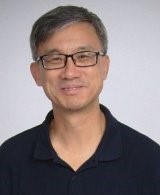
Professor Michael Yu Wang
Monash University
Title: Lightweight, stiff, and strong shell lattices: design and metal additive manufacturing
Bio: Michael Y. Wang is the Professor and Head of Department of Mechanical and Aerospace Engineering at Monash University. He has numerous professional honors–National Science Foundation Research Initiation Award; Ralph R. Teetor Educational Award from Society of Automotive Engineers; LaRoux K. Gillespie Outstanding Young Manufacturing Engineer Award from Society of Manufacturing Engineers; Boeing–A.D. Welliver Faculty Summer Fellow, Boeing; Chang Jiang (Cheung Kong) Scholars Award from the Ministry of Education of China and Li Ka Shing Foundation (Hong Kong); Research Excellence Award of CUHK. He was the Editor-in-Chief of IEEE Trans. on Automation Science and Engineering. His main research interests are in robotic manipulation, learning and autonomous systems, manufacturing automation, and additive manufacturing.
Before joining Monash University in 2022, he was the Founding Director of the Cheng Kar-Shun Robotics Institute, the Director of HKUST-BRIGHT DREAM ROBOTICS Joint Research Institute, and a Chair Professor of Mechanical and Aerospace Engineering as well as Electronic and Computer Engineering of Hong Kong University of Science and Technology (HKUST). Previously, he also served on the engineering faculty at University of Maryland, Chinese University of Hong Kong, and National University of Singapore. A recipient of ASME Design Automation Award, Professor Wang is a fellow of ASME and IEEE.
Abstract: Shell lattices are a class of artificial periodic structures composed of smooth, non-intersecting and periodic thin shells. Shell lattices generally outperform truss lattices and stochastic foams in stiffness and strength at equal relative densities. The open-cell property promotes the fabrication of shell lattices through easier removal of residual resins or metal powders in additive manufacturing (AM) processes and facilitates their applications in areas where heat and mass transfer are in huge demand. This presentation focuses on the design, simulation, metal AM and experimental tests of lightweight, stiff, and strong shell lattices. First, we present six types of elastically isotropic variable thickness triply periodic minimal surface (TPMS) shell lattices and two families of uniform thickness shape-optimized shell lattices with isotropic elasticity, in which the highest achievable Young’s and bulk moduli reach nearly 60% and 97% of the Hashin-Shtrikman upper bounds at 10% relative density. Through numerical simulations and experimental tests, TPMS shell lattices are shown to outperform truss lattices in stiffness, plateau stress, and energy absorption capacity significantly, thereby making them ideal candidates for lightweight structural applications. Next, the metal AM fabrication defects, including constitutive material anisotropy and geometric defects (thickness variation, holes, surface waviness and roughness), are precisely calibrated and then incorporated into numerical simulations to predict the mechanical properties of shell lattices more accurately. The as-calibrated material anisotropy is further incorporated into the variable thickness design of elastically isotropic shell lattices to achieve a better match between the numerical and experimental results. In essence, we deploy topology optimization tools for the design of graded shell lattice structures with optimized meso-/macro- structures for lightweight large-scale applications of shell lattices.
-
Plenary Speaker
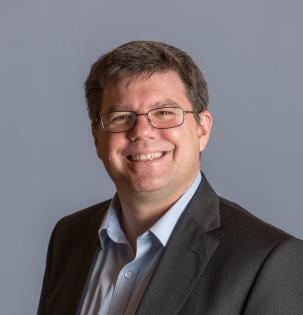
Professor Bernard Rolfe
Deakin University
Title: The future of smooth topological design when using non-penalization SEMDOT
Bio: Prof Bernard Rolfe is the Associate Dean, Research for the Faculty of Science, Engineering and Built Environment (SEBE). SEBE has over 400 academic staff, 600 PhD students, and more than $24M per annum in external research income. Bernard aims to improve research quality and capacity, while also overseeing research policy and procedures. He aspires to make SEBE a great place to do research.
Bernard is an innovator in materials and manufacturing and an influencer in mobility engineering. He is a Director on the Board of the Society of Automotive Engineers – Australasia. Bernard’s substantive position is as a Professor of Advanced Manufacturing in the School of Engineering at Deakin University. His qualifications include a combined Economics and Engineering degree with honours in 1995 from the Australian National University (ANU). After completing his bachelor's degrees, he initially embarked on a career in business and technology consulting with Andersen Consulting before returning to the ANU to complete a PhD in Advanced Manufacturing (2002). He joined Deakin as post-doctoral fellow in 2002 and then became a lecturer in 2005. Bernard’s research group has spent the past two decades working on the use of advanced metals in sheet forming primarily for the automotive sector.
Abstract: This plenary talk will take the audience through the non-penalization Smooth-Edged Material Distribution for Optimising Topology (SEMDOT) algorithm, which is an extension of the original SEMDOT method. Non-penalization SEMDOT is an elemental volume fraction-based topology optimization method, except that it adopts discrete variable sensitivities for solid, void, and assumed boundary elements instead of the continuous variable sensitivities used in the original penalization-based SEMDOT. In the non-penalized SEMDOT algorithm, the material penalization scheme is eliminated. The talk will show that the algorithm is efficient and effective when used on topology optimization problems. We will show three case studies involving: compliance minimization, compliant mechanism design, and heat conduction problems.
The proposed non-penalized SEMDOT algorithm allows designers to directly obtain the smooth surfaces without needing post-processing methods. Moreover, there is much potential in non-penalized SEMDOT because non-penalization enables direct comparison of multiple materials in the topology system using “physical properties”. This is because the properties are no longer distorted by penalization. The final segment of the talk discusses the bright future and potential applications of non-penalization SEMDOT.
Day 1: 7-December
-
Time: 8:30am
Registration - AGSE Foyer -
Time: 9:00am - 9:40am
Conference Opening and Welcome - AGSE202 -
Time: 9:40am - 10:10am
Plenary Lecture 1 - AGSE202 -
Time: 10:10am - 10:40am
Plenary Lecture 2 - AGSE202 -
Time: 10:40am - 11:10am
Morning Tea - AGSE Foyer -
Time: 11:10am - 12:40pm
Parallel Sessions - AGSE108-110, 202 -
Time: 12:40pm - 1:40pm
Lunch - AGSE Foyer -
Time: 1:40pm - 2:10pm
Plenary Lecture 3 - AGSE202 -
Time: 2:20pm - 3:50pm
Parallel Sessions - AGSE108-110, 202 -
Time: 3:50pm - 4:20pm
Afternoon Tea - AGSE Foyer -
Time: 4:20pm - 5:50pm
Parallel Sessions - AGSE108-110, 202
Day 2: 8-December
-
Time: 9:00am - 9:30am
Plenary Lecture - AGSE202 -
Time: 9:40am - 11:00am
Parallel Sessions - AGSE108-110, 202 -
Time: 11:00am - 11:30am
Morning Tea - AGSE Foyer -
Time: 11:30am - 12:50pm
Parallel Sessions - AGSE108-110, 202 -
Time: 12:50pm - 1:50pm
Lunch - AGSE Foyer -
Time: 1:50pm - 2:20pm
Plenary Lecture - AGSE202 -
Time: 2:30am - 3:50pm
Parallel Sessions - AGSE108-110, 202 -
Time: 3:50pm - 4:20pm
Afternoon Tea - AGSE Foyer -
Time: 4:20pm - 4:40pm
Invited Talk - AGSE202 -
Time: 4:40pm - 5:30pm
Closing Ceremony- AGSE202
